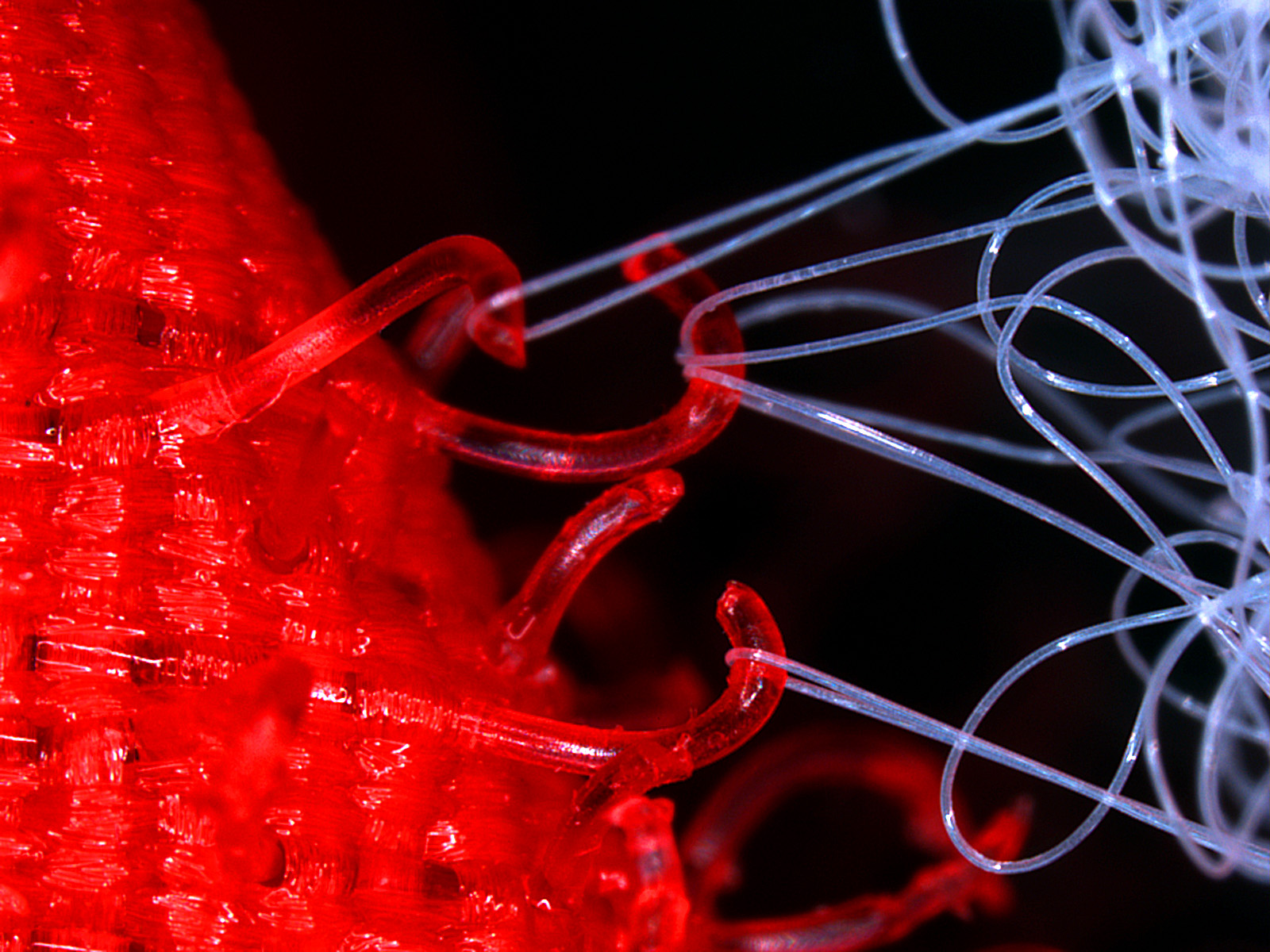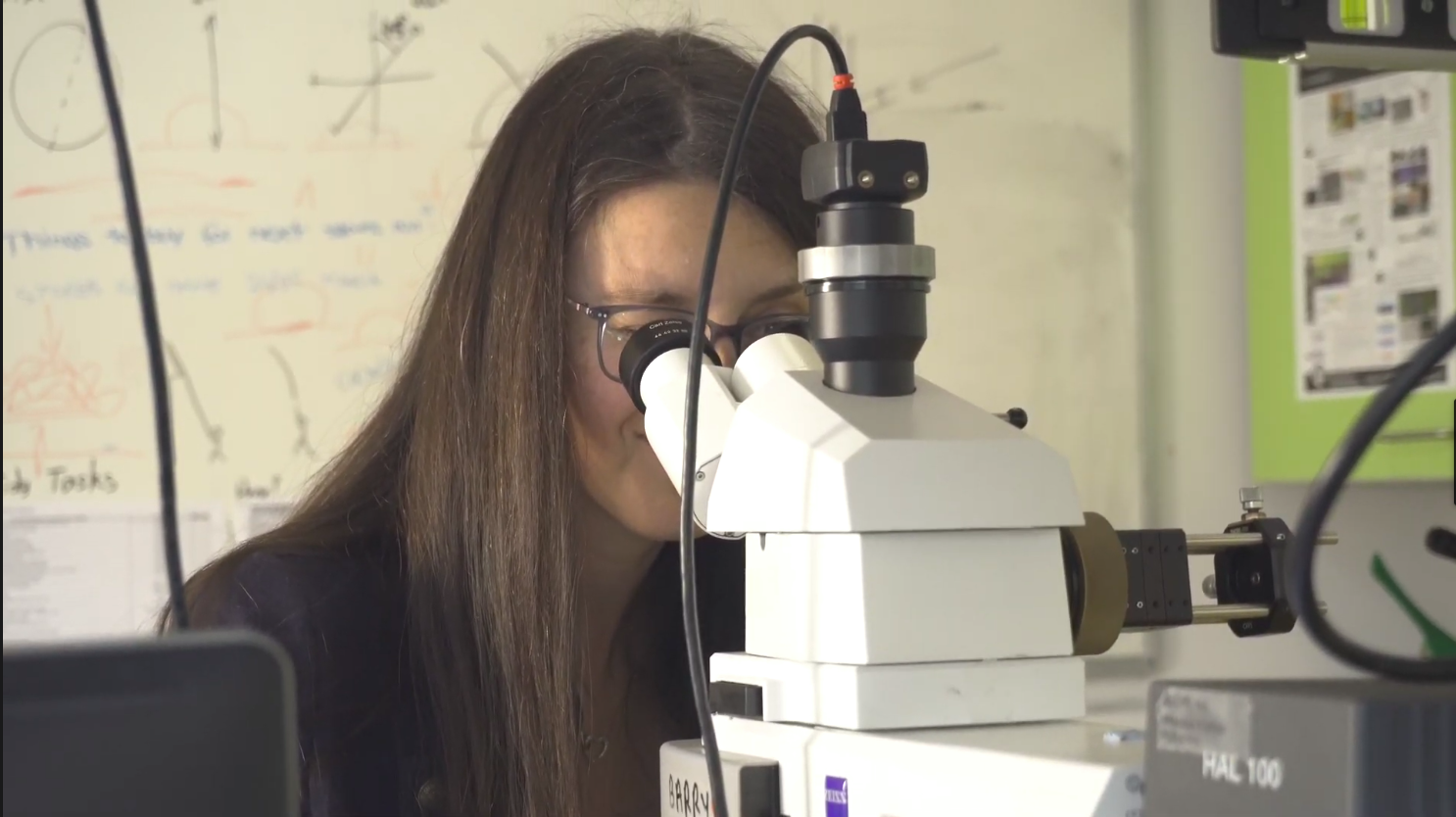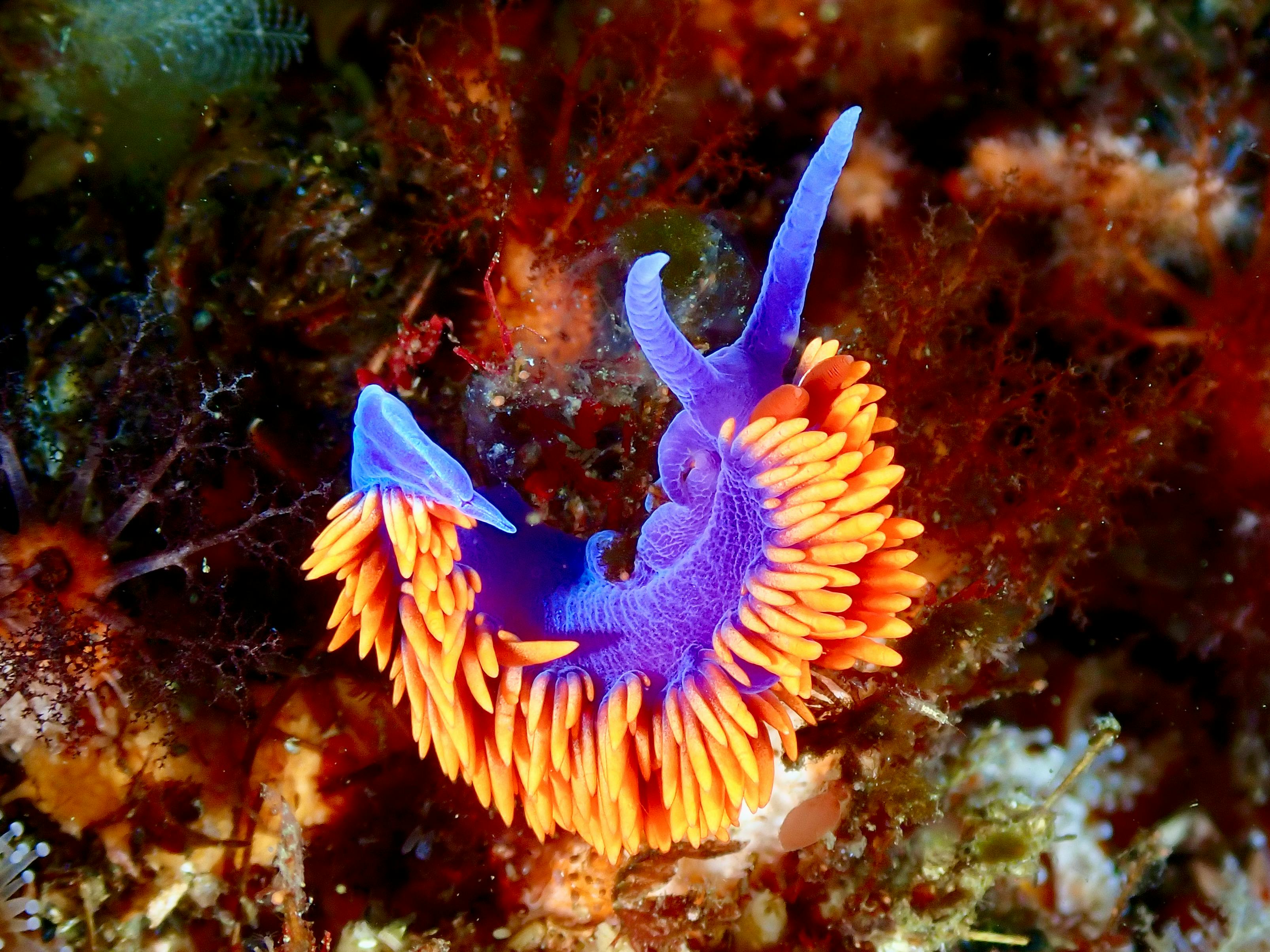You have a niche where you perform your function, but you are within an entire ecosystem.
Extracting design from nature
Professor of Chemistry and Bio-materials
- Nature inspires innovation through multifunctional designs, offering sustainable models for material development, such as structural color derived from nano-architectures in plants.
- Interdisciplinary collaboration between physicists, biologists, chemists and engineers is essential to understanding and replicating complex natural systems in technological applications.
- True sustainability in material science is challenging, requiring not only low-impact lab practices but also systemic changes in industrial production, which are often constrained by cost.
- Humans are not separate from nature; recognizing our biological capabilities as part of natural engineering can reshape how we approach science and sustainability.
Borrowing from nature
Everything that is made in nature needs to have multiple functions at the same time. A leaf is important because it captures light to do photosynthesis, but it also needs to transport nutrients back and forth into the main part of the plant. It also serves to create shade for what is living under the tree.

© Avenue
Often, it is really important to look at things from a much broader perspective, because when you try to over-optimize for one specific function, you could do worse to your environment. This is also the way we usually engineer, in terms of performance instead of looking at a more holistic way of how that material is going to be used and how it is going to work in different contexts.
Biomimetics
There is an entire field called biomimetics that essentially deals with trying to extract design principles from nature and then applying them to solve technological problems. The most famous example is Velcro.

© Trazyanderson
Velcro comes from a plant that has a specific type of architecture made to stick. It is a sticking-unsticking reversible mechanism. Now, we use Velcro in our everyday materials that functions on a similar principle.
Biology to technology
In order to translate biological principles to technology, first you need knowledge of interesting biological systems. We work with biologists and discuss what they have been recently researching or what characteristics they develop to obtain a specific function in nature.
Once we understand, it is also a bit of intuition, where you can think, “Oh, maybe plants use it for this specific application; we could translate it for similar applications in everyday life.” For color, this is pretty straightforward. We use color as colorants because we want to have color. Throughout the course of history, we have always used color that comes from nature. Before developing synthetic methods to make coloration, we were extracting color from plants and from inorganic materials like rocks.

© Roued
Now, we see that color in nature is produced by nano-architecture. We can control material on that length scale. For me, it was quite easy to make the connection: Maybe we can use sustainable material to make color by copying the architecture in nature. This was a bit of the journey I took in order to arrive at the development of this colored pigment.
As with every scientist, you build on the knowledge that has been accumulated by the people before you. I did not invent anything new; I just connected the dots here and there to try to develop something that hopefully will be useful to others. In doing so, you develop some other knowledge that hopefully will be useful to others. That is, in my opinion, how science and discovery work.
Working across disciplines
In order to understand and answer the question about what the origin is, the mechanisms that are responsible for structural coloration and the biological significance as well, it is not a question that you can often answer alone with one simple discipline. That is something I really like about working on this topic: you have the possibility to collaborate with scientists across a huge range of disciplines.

© Silvia Vignolini
You need physicists who are experts in understanding optical properties to study the response of the structure. You need material scientists and chemists to understand the composition of the structure that produced them and what the architecture is at the nanoscale. Then if you want to go deep into the question to understand the biological function of plants and how their structure evolved, you need to talk to plant scientists and biologists. Otherwise, it is really difficult to answer all these questions with only one set of skills.
Addressing new challenges
We are trying to address many challenges in our lab now. Some of them still have to do with structural color in nature. We are looking at different species, mainly underwater species. We look at the color of different mollusks or of algae, and it is incredible.
This is what we are studying now, and I think it is extremely exciting. It is difficult, because it is not easy to cultivate these plants in the lab, so often we have to collect them in the field. However, it is a really new chapter of extremely exciting work we are currently developing.
The other part of our work is on mollusks. They are a completely different system from plants, but somehow we are trying to apply the knowledge we have learned from optics, working with the plant system, to a completely different structure and set of materials and also set of problems.

© Pexels
I particularly like to work also in close contact with biologists, because you can learn a lot, and when you start to study a new system, there is a huge amount of information and fascinating science that you come across, and it is impossible for me not to get passionate about it.
Ultimately, we would like to also define, develop and invent a new material that has the same characteristics as these plants, that changes color and dynamically adapts and responds to light. This is the direction we are going, from a more materials science point of view.
Developing new materials
I think we need to manipulate light in many aspects of our lives. What I like to imagine is that we will be able to develop materials that can adapt to our will and have a specific optical response. That could be a color, but it could also be a material that keeps you warm or keeps you cool – starting only from sustainable resources, like what you can extract from biomass and plants.
When we think about color, we always think about what we can see with our eyes, but the electromagnetic spectrum of sunlight spans beyond what we are able to see. Sometimes it also has to do with what we are able to feel.
In terms of temperature, the easiest example is if you wear a black T-shirt, it will absorb more light. This absorption of light will transform into a different source of energy that is heat. In contrast, if you wear a white T-shirt, you are mainly reflecting the light, so less light is absorbed, and then the T-shirt is going to be cooler. When it comes to developing material that manipulates light, it is not only about color. It is also about thermal management.

© Pexels
With rising temperatures, being able to control and then keep a specific temperature becomes really important, especially if we are able to do it using natural materials – that is even more important.
Sustainable biomaterials
When it comes to sustainability in science, we always need to be critical. This is something I really care about, and I try to be as critical as possible myself.

© Pexels
If we want to be sustainable, one of the solutions that is really important for everyone to adopt is to consume less. This is the first approach and the most important, but consuming less is also one of the principles of green chemistry, using fewer solvents and reagents.
We work with bio-derived materials. In principle, when they are released back into the environment, they should not cause damage.
They should interact with microorganisms that are already present and degrade and transform, and go on without creating too much pollution, in contrast to plastics. However, even when working with bio-derived materials, being sustainable is not easy. Being able to understand the complexity that goes from the lab scale to a company scale, where tons of material are needed, is something that is not easy.
Innovation to application
Scientists are working towards this, and many more research groups are engaging with engineers and experts in life cycle analysis in order to try to predict the impact. This topic is extremely challenging for me personally.
It is extremely frustrating, because accessing the correct information and being able to do a really good job, one that allows you to truly understand the impact of your technology if it were adopted on a mass scale, is something that I think we are not able to do at the moment. We need to be honest about that.
What we can do, and what I try to do for myself, and I think it is important as a scientist, is to try to be as rigorous as possible, to understand fundamental problems. We cannot always translate this fundamental understanding into a technology, but when we are lucky enough to be able to do it, then we try to make sure to engage with all the other sectors in order to find a way to create a technology at scale that is as sustainable as possible.
This goes beyond our capacity as scientists and into the hands of people that we work with, and to industry. It is a completely different sector, and then for the scientist, it is impossible to control.
Nature's fantastic engineering
We can do up to a certain level to really try to make a process as sustainable as possible, to improve productivity while decreasing waste, using materials that are sustainable and avoiding toxic chemicals. To what extent we can say that there are zero-emission technologies really comes down to how these materials are implemented and fabricated in an industrial context. This is difficult to control because it is mainly driven by cost.
I think it is funny that often we think about nature and us, and we do not really think about us being part of nature. I think nature is a fantastic engineer, not only when you look at plants, but also when you look at how we function, how we communicate, our human body. How can we reproduce ourselves? How can something start from one single cell and give rise to an entire organism?

© Pexels
I think this is because it is so much a part of us, living as living organisms, being part of nature, that we do not realize what we are also capable of from a biological point of view. Yes, in this context, nature is a great engineer. So are we – not only in terms of what we can do with our hands and body but also in what our body is doing simply as we breathe, and I think this is kind of beautiful.
Editor’s note: This article has been faithfully transcribed from the original interview filmed with the author, and carefully edited and proofread. Edit date: 2025
Discover more about
the science of structural color and bioinspired materials
Vignolini, S., Moyroud, E., Glover, B. J., & Steiner, U. (2013). Analysing photonic structures in plants. Journal of the Royal Society Interface, 10(20130394), 1–13.
Parker, R. M., Zhao, T. H., Frka-Petesić, B., & Vignolini, S. (2022). Cellulose photonic pigments. Nature Communications, 13, 3378.
roguet, B. E., Liang, H. L., Frka-Petesić, B., et al. (2022). Large-scale fabrication of structurally coloured cellulose nanocrystal films and effect pigments. Nature Materials, 21(3), 352–358.
Middleton, R., Steiner, U., & Vignolini, S. (2016). Bio-mimetic structural colour using biopolymers. In N. Bruns (Ed.). Bio-inspired polymers (pp. 555–585). Royal Society of Chemistry.